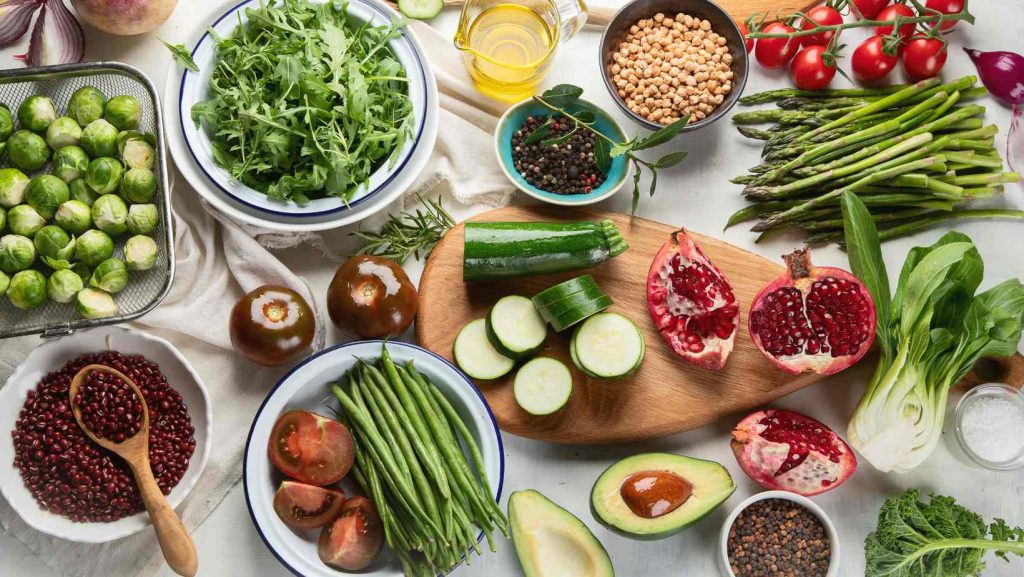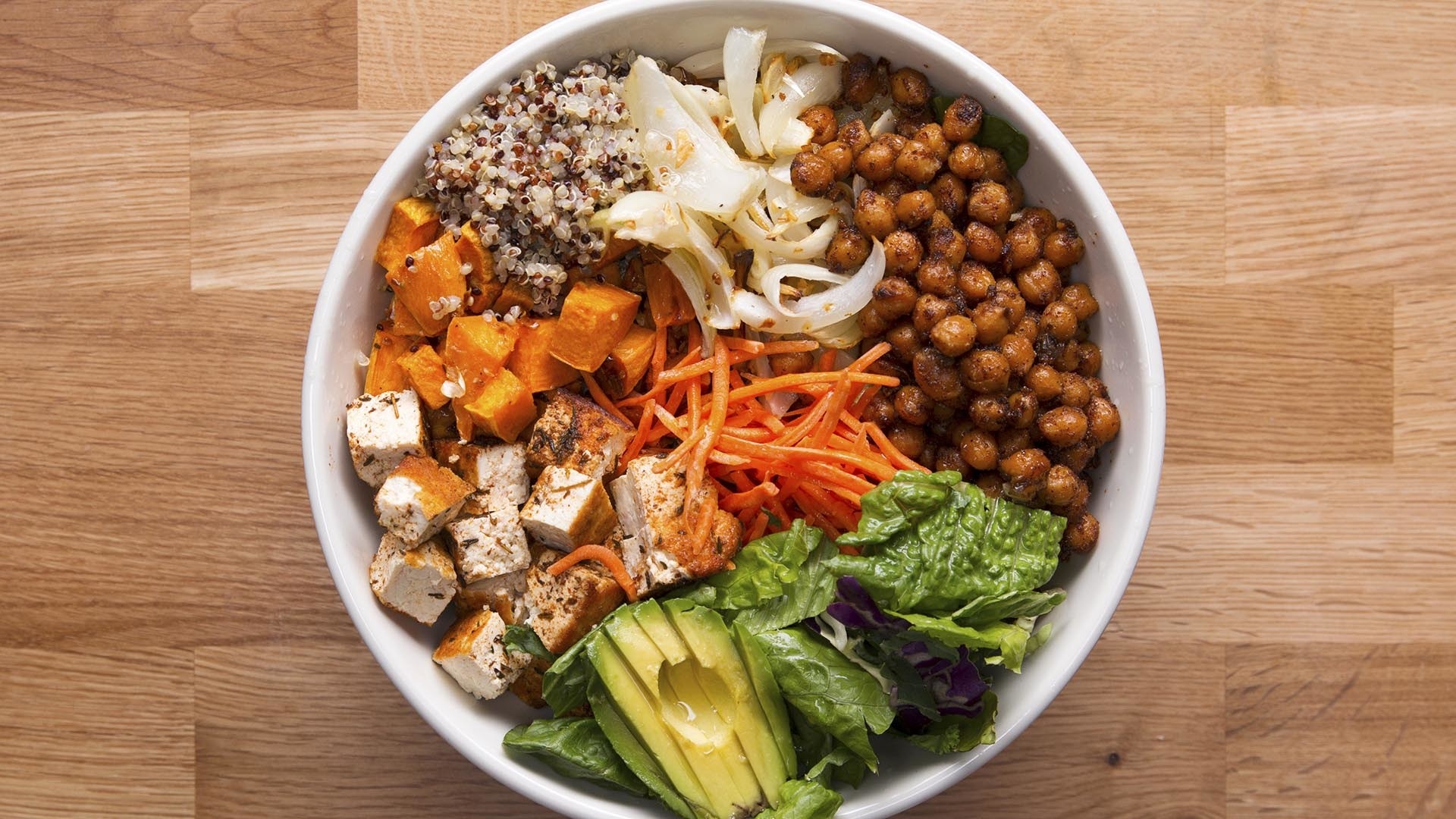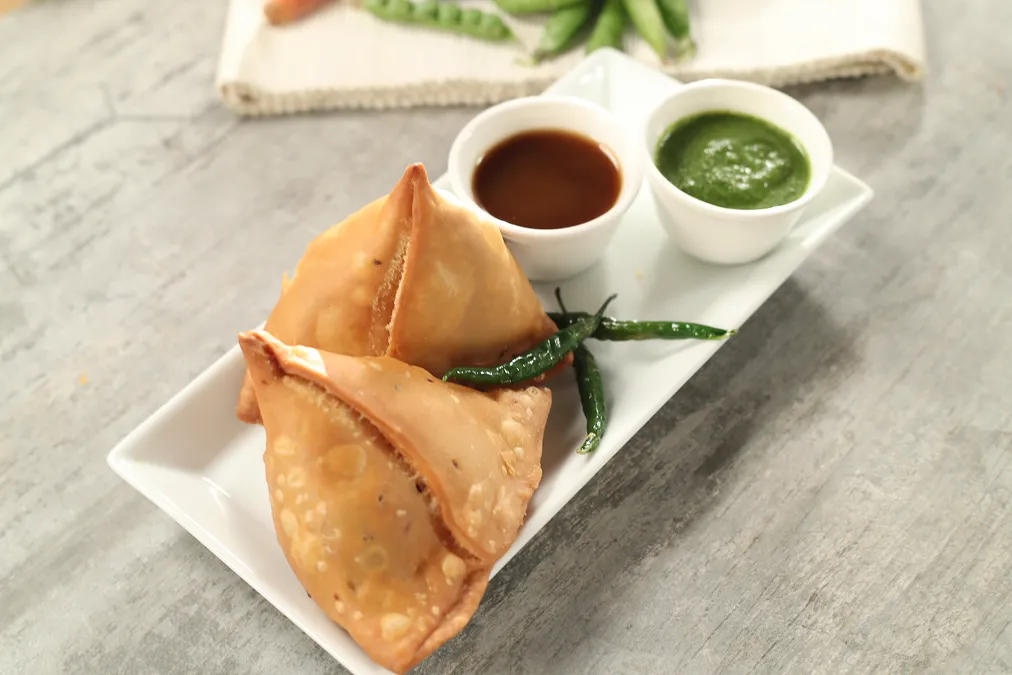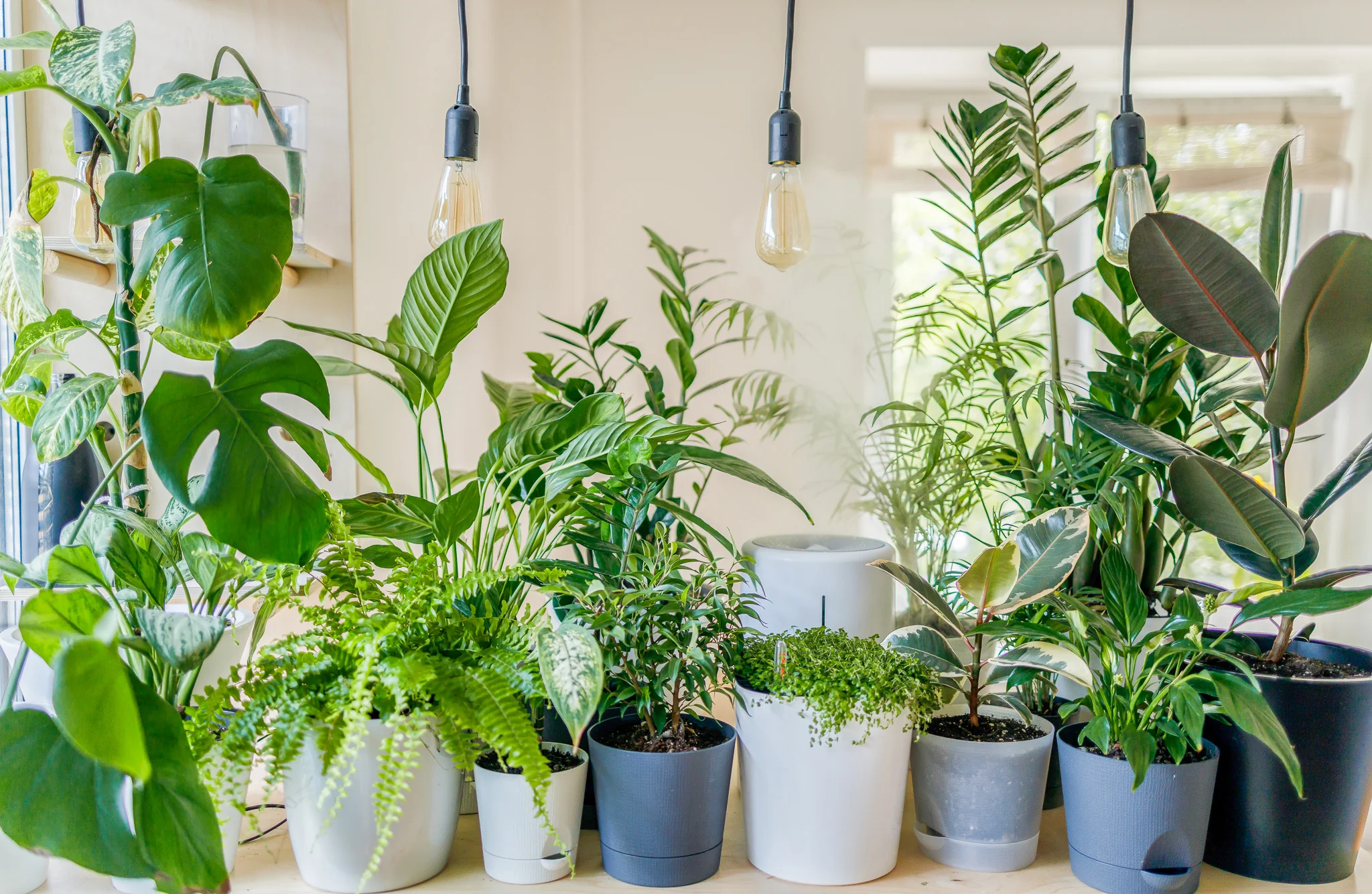Eating seasonally is a simple habit. It means choosing foods that grow in your region at the current time of year. Seasonal foods are fresh, tasty, and more nutritious. They are often cheaper and support local farmers and the environment. In India, this approach fits perfectly with our climate, crops, and cooking styles. This article explains why seasonal eating works, what to eat month by month, and how to plan easy meals for better nutrition. It also answers common doubts so you can start today.
Why Seasonal Eating Helps Your Health

Fresh produce loses nutrients over time, especially vitamin C and some B vitamins. When fruits and vegetables are stored for long periods or travel long distances, these nutrients can drop. That is one reason seasonal, recently harvested foods can offer an edge in nutrition.
Seasonal eating also fits the body’s needs. Hot months call for watery, cooling foods like cucumber, watermelon, and tender gourds. Cooler months suit warming foods like sesame, groundnuts, and hearty greens. India’s public health guidance also encourages variety, plenty of vegetables and fruits, and balanced plates. Seasonal choices help you meet these goals with less effort.
There is a budget advantage too. When crops are in season, supply is high. Prices usually soften. When rains, heat waves, or floods disrupt supply, prices spike. Choosing what is naturally abundant helps your wallet. Recent Indian analyses show strong seasonal patterns in fruit and vegetable inflation, often peaking during weather shocks and monsoon disruptions.
Finally, seasonal eating can cut waste. India loses a large share of fruits and vegetables before they reach the plate. The main reasons are harvest handling, transport, and limited cold storage. When we buy local and in-season, produce spends less time on the road and in storage. That can reduce losses and support a cleaner food system.
What Do Indian Guidelines Say?

The latest Dietary Guidelines for Indians recommend variety, plenty of vegetables and fruits, and smart choices across food groups. “My Plate for the Day” from ICMR–NIN pushes a mix of cereals or millets, pulses, vegetables, fruits, dairy or alternatives, and healthy fats. Seasonal eating makes this easier because seasonal produce is plentiful and flavorful, motivating you to fill half your plate with vegetables and fruits.
Public campaigns like “Eat Right India” also promote safe, healthy, and sustainable food. Seasonal and local foods match this idea. They help cut long-distance transport, support farmers, and reduce packaging.
Also Read Eco-Friendly Cleaning Hacks: Simple, Safe, and Smart Tips for Indian Homes 🌿🧽
The Nutrition Edge: How Seasons Shape Your Plate
Seasonal eating gives you many benefits. Fresh, in-season produce can hold more vitamin C and other sensitive nutrients than produce stored for months. Even when produce looks fresh, long storage can reduce nutrition. Choosing seasonal reduces this gap. Seasonal fruits and vegetables also ripen properly, making them tastier and less watery. This makes healthy eating more enjoyable.
Hot weather crops like cucumber, gourds, and melons naturally hydrate you. Winter produce, like greens and oilseeds, give warmth and strength. Seasonal foods are often cheaper and easier to find in local mandis and weekly markets. When supply is steady, prices also stabilize.
Seasonal Highlights Across India
India has many agro-climates, but here is a simple guide. Use it as a base, and then check your city’s markets and local advisories.
Summer (March–June)
Think cooling and hydrating. Popular fruits include watermelon, muskmelon, mango, jamun, litchi, and bananas. Vegetables include cucumber, lauki, tori, tindora, okra, and tomatoes. These foods have high water content, vitamin C, carotenoids, and electrolytes, which support you in the heat. Some meal ideas are mango and sprouted moong chaat, cucumber raita with bajra roti, lauki dal, and aam panna with less sugar.
Monsoon (July–September)
Think clean, cooked, and gut-friendly. Fruits include plums, peaches, apples, pears, and bananas. Vegetables include corn, gourds, beans, colocasia leaves, drumstick leaves, and mushrooms. Since rains bring higher water-borne risks, choose washed and well-cooked foods. Ideas include corn and bean pulao, steamed patra, kadhi with gourds, and methi thepla.
Winter (October–February)
Think hearty greens and vitamin C. Fruits include oranges, kinnow, guava, custard apple, apples, and grapes. Vegetables include cauliflower, cabbage, carrots, beets, peas, methi, palak, sarson, radish, and broccoli. These crops give fibre, folate, vitamin C, carotenoids, and plant iron. Recipes include sarson ka saag with makki roti, gajar–mattar sabzi, roasted carrots and beets, bathua paratha, and seasonal fruit chaat.
Smart Shopping and Storage
Buy close to when you cook. Less time in your fridge means fewer nutrient losses. Prefer produce that looks naturally ripe and avoid fruits picked too early. Use breathable storage, keep leafy greens dry, and cut vegetables right before cooking. Quick steaming or sautéing is better than boiling to protect vitamins. Know what to refrigerate and what to leave outside. Tomatoes and bananas prefer room temperature, while leafy greens stay fresh in the fridge.
Simple Indian Meal Plans by Season
In summer, start your day with curd–poha and grated cucumber. Snack on watermelon cubes. Lunch can be lauki chana dal with jeera rice and cucumber raita. Dinner may include bhindi stir-fry with jowar roti.
During monsoon, begin with besan chilla and mint chutney. Enjoy steamed corn with lemon as a snack. Lunch can be mixed veg khichdi, and dinner mushroom–peas pulao with carrot–beet raita.
In winter, start with millet upma and orange slices. Snack on roasted peanuts and gur. Lunch may include sarson saag with makki roti. Dinner could be gobhi–mattar curry with multigrain roti.
Seasonal Eating on a Budget
Choose local mandis and weekly haats where seasonal bulk buys are cheaper. Plan around price dips. When peas or carrots are cheapest, cook more dishes that use them. Preserve excess vegetables by blanching and freezing. Frozen produce often retains nutrients well. Also, try using the whole vegetable. Beet greens, radish tops, and cauliflower leaves can make delicious stir-fries and chutneys.
Safety and Hygiene, Especially in Monsoon
Wash produce in running water. Dry leafy greens well. Keep raw and cooked foods separate. Cook sprouts and mushrooms during the monsoon. When illness is around, follow proper disinfection and food safety steps.
Seasonal Eating and Sustainability
Eating seasonally lowers transport and storage needs. It reduces packaging and refrigeration time. It also supports plant-forward, low-waste diets that are better for the environment. Seasonal and local sourcing can reduce both losses and emissions, making your plate part of the solution.
Month-by-Month Cues
- Jan–Feb: Citrus, guava, grapes, greens like palak and methi, carrots, peas, and beets.
- Mar–Apr: Early mangoes, cucumbers, gourds, tomatoes, and summer greens.
- May–Jun: Mangoes, melons, jamun, okra, ridge gourd, and bottle gourd.
- Jul–Aug: Corn, gourds, beans, mushrooms, and early apples in the hills.
- Sep–Oct: Late monsoon harvests, early winter greens, pomegranates, and custard apple.
- Nov–Dec: Oranges, kinnow, apples, guava, cauliflower, cabbage, broccoli, and peas.
Troubleshooting Common Issues
If your market has limited variety, shift to what is abundant that day. Build a flexible recipe list with khichdi, pulao, mixed sabzi, raitas, and dals. When prices rise after heavy rain, rely on hardy staples like potatoes, onions, dried beans, and millets. Use affordable seasonal vegetables as they come. If you are short on time, chop vegetables in advance, cook large dal batches, and keep some frozen vegetables as backup.
FAQs
Q1. Is seasonal eating the same as local eating?
Not always. Seasonal means “harvest time.” Local means “grown near you.” The best is both together.
Q2. Are seasonal foods always more nutritious?
Often yes, because they are fresher and spend less time in storage. But cooking and handling also matter.
Q3. How do I know what is in season near me?
Check your local mandi, talk to vendors, and watch price trends. State horticulture calendars can guide you.
Q4. Can frozen or tinned foods be part of seasonal eating?
Yes, they can. Frozen peas or beans may be more nutritious than “fresh” ones stored for weeks.
Q5. What about food safety in monsoon?
Keep food clean and cooked. Wash produce well, and cook mushrooms, sprouts, and leafy greens properly.
Q6. Do Indian guidelines promote seasonal eating?
They promote variety, vegetables, fruits, and sustainable food. Seasonal eating supports these goals.
The Bottom Line
Seasonal eating is easy, tasty, and smart for health. It helps you get more nutrients with less effort. It supports your budget and local farmers while reducing waste and environmental pressure. In India, we already have a rich culture of cooking what the season brings—mango in summer, corn and gourds in monsoon, and greens and citrus in winter. Bring that habit back to your kitchen. Build your weekly menu around what is fresh and affordable now. Keep your plate colourful and your recipes simple. Your body—and your market vendor—will thank you.
Author- Ayush














